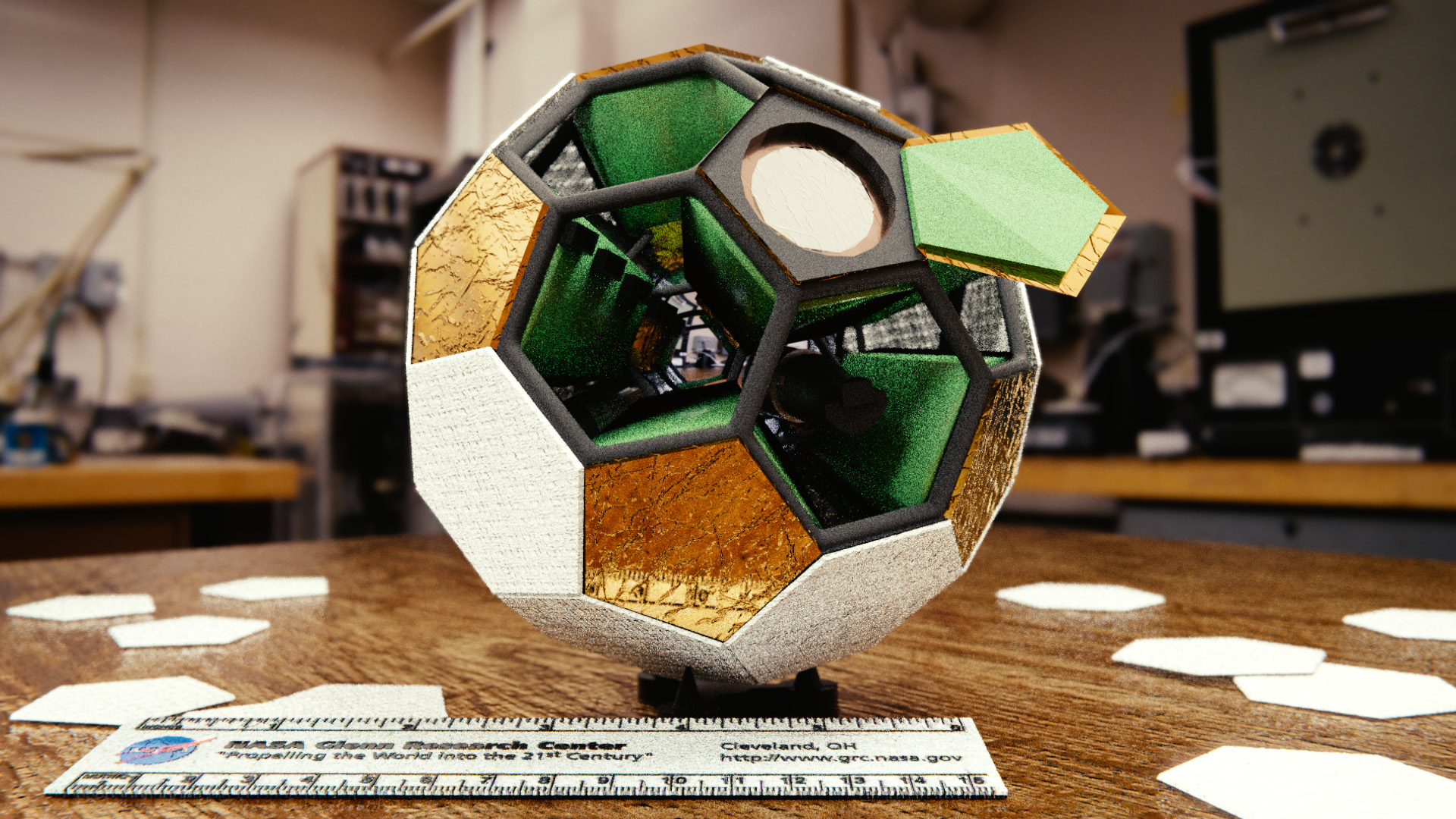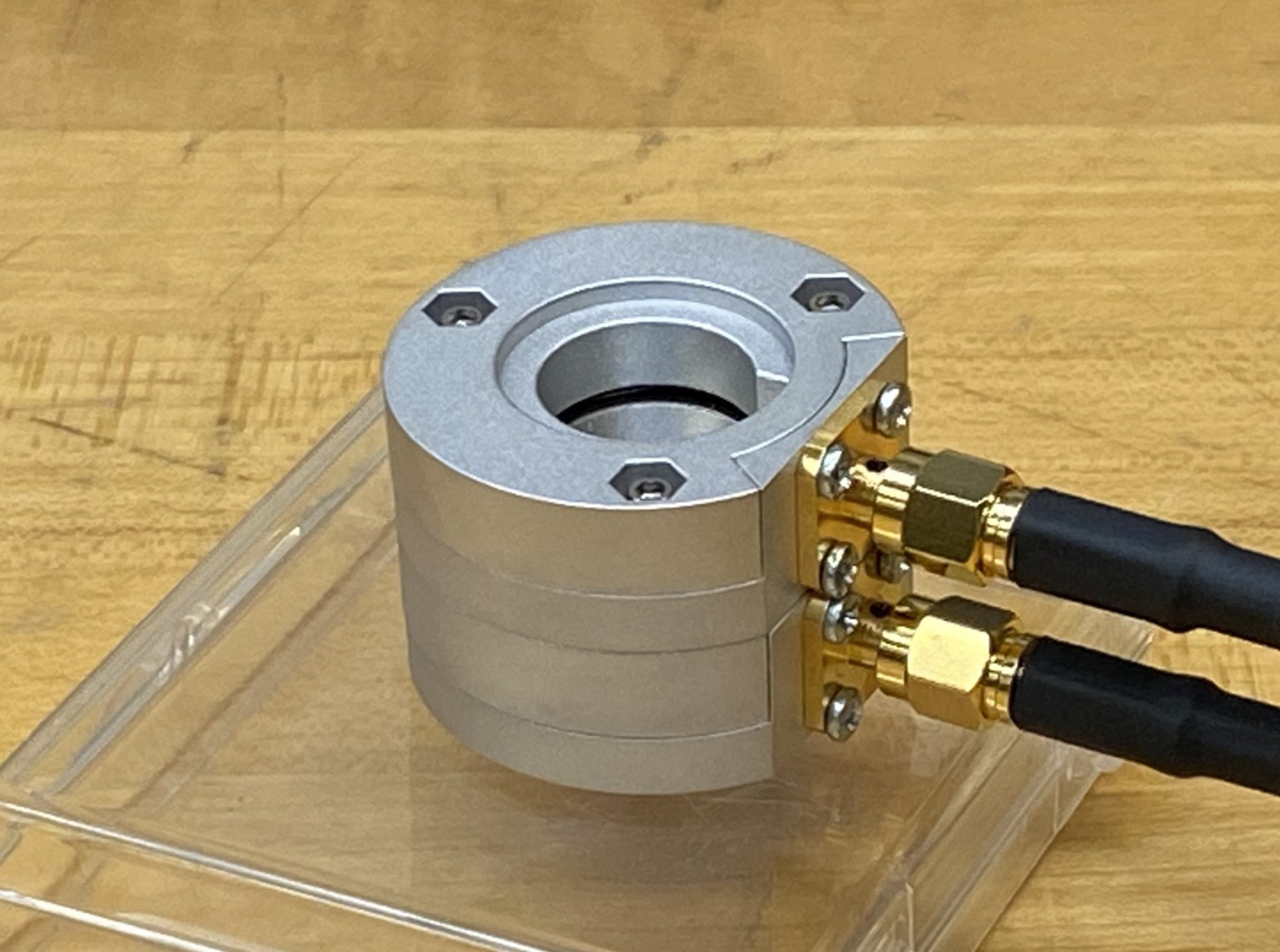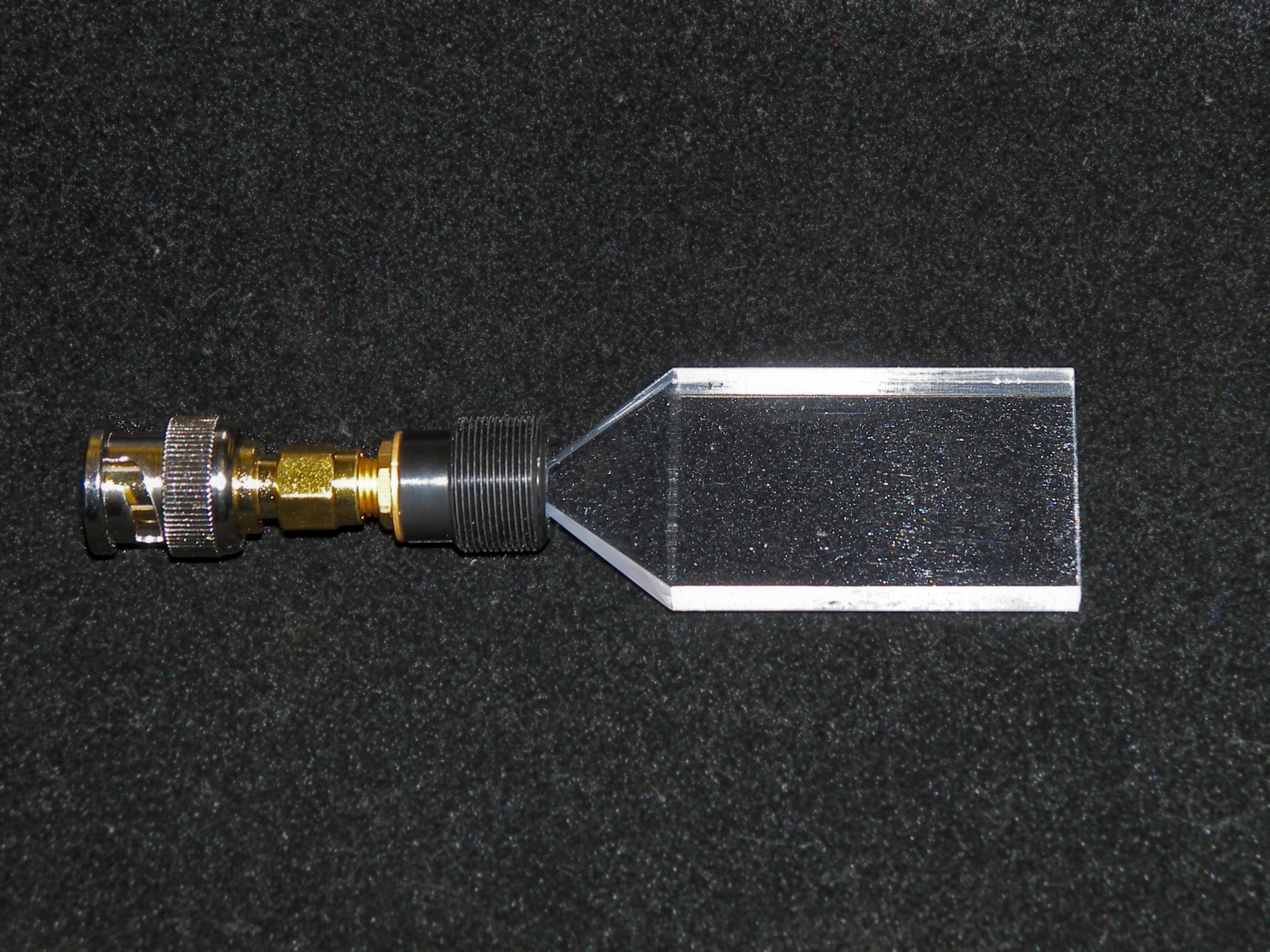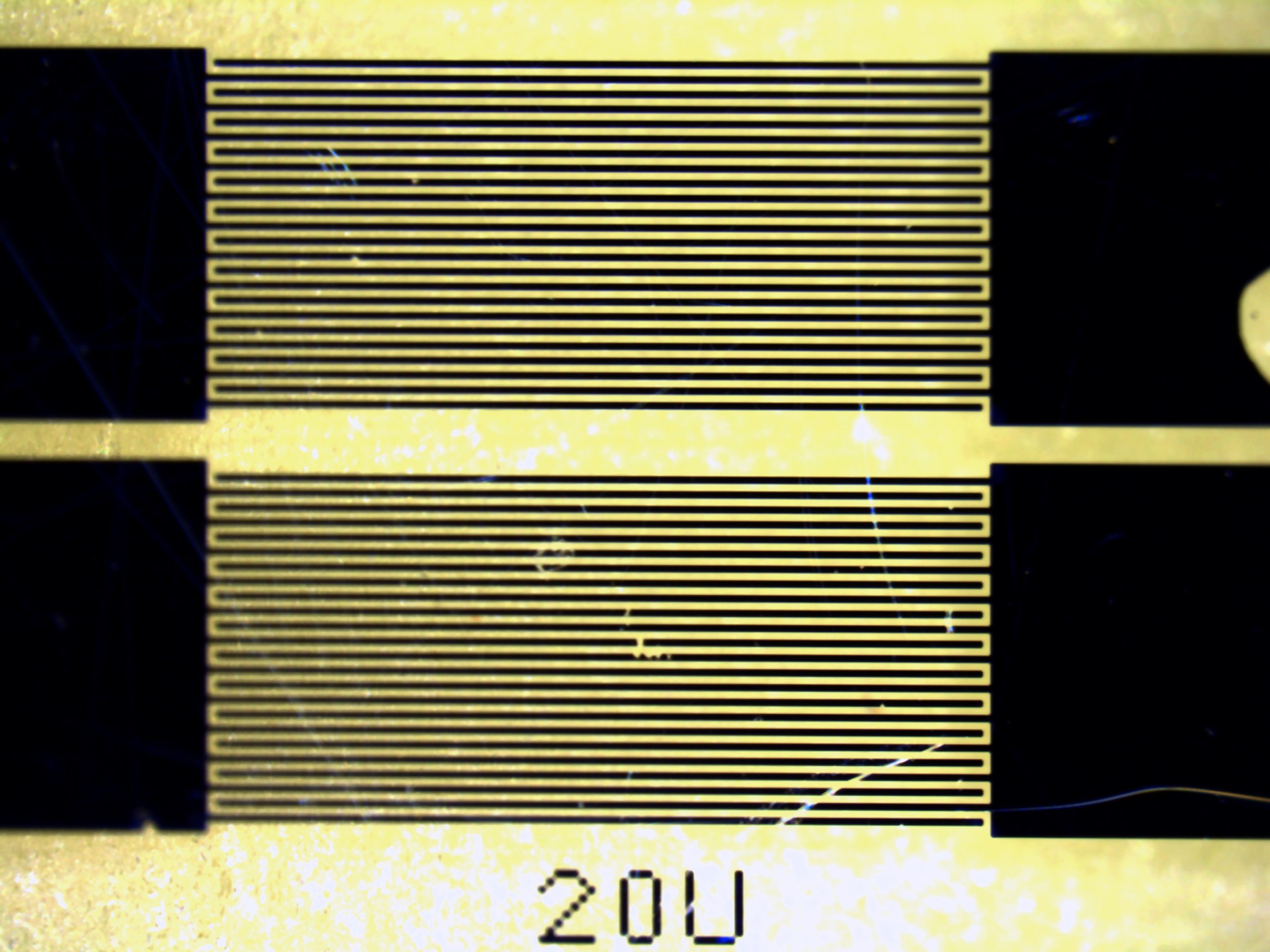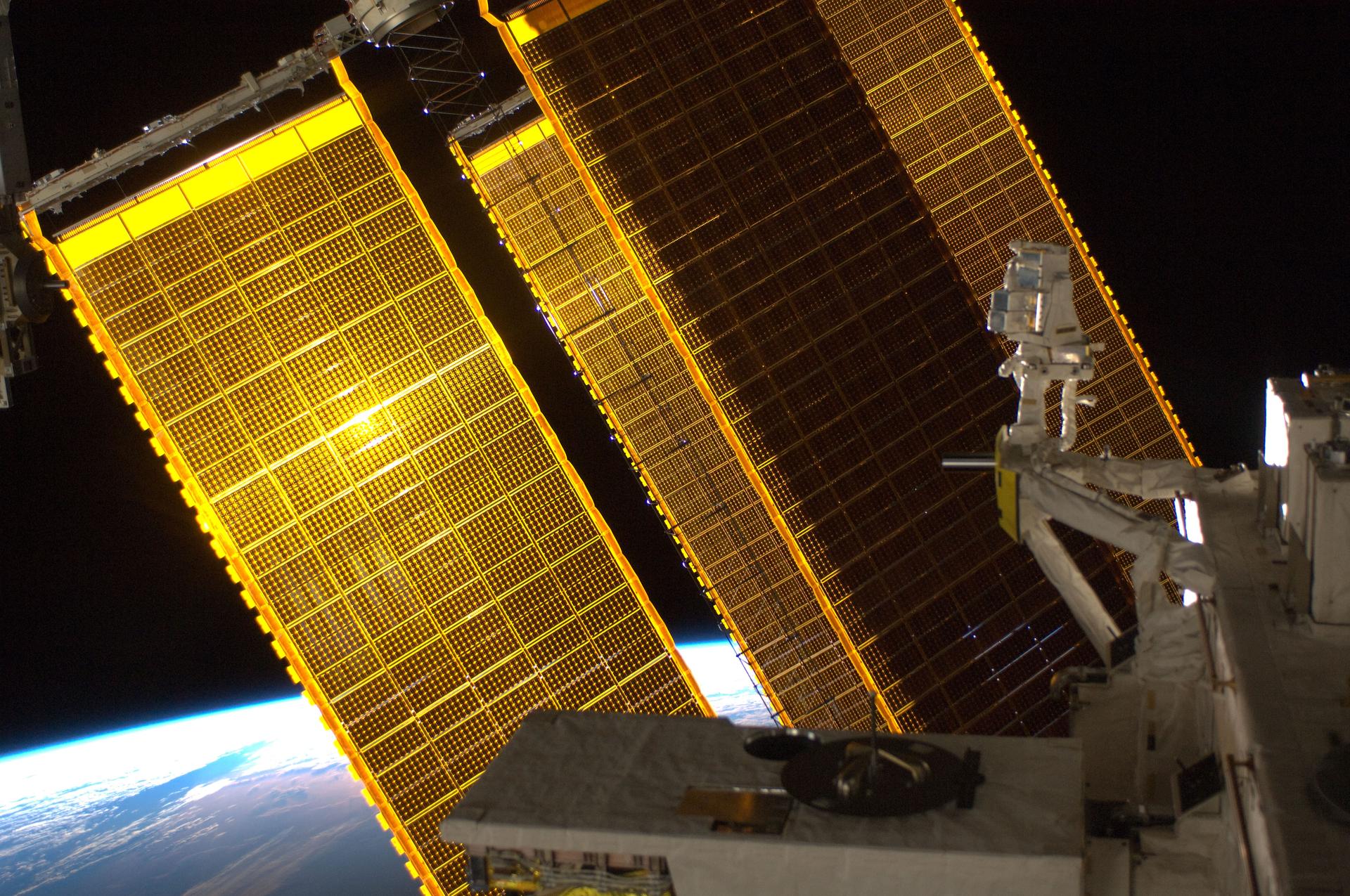NASA is developing low-noise, robust, compact radiation detectors to provide improved data on space radiation.
Overview
To meet the challenges of low-power, low-noise multidirectional robust radiation detector systems for a wide range of particle mass and energies, new ion detectors based on wide band gap (WBG) semiconductors are being developed at NASA’s Glenn Research Center in Cleveland for integration into small satellite missions as well as propulsion systems.
Compact Full Field Detector System
A fully integrated application concept for various WBG semiconductor detector technologies under development at Glenn is a Compact Full-field Ion Detector System (CFIDS). The CFIDS comprises a central spherical Cherenkov detector surrounded by stacks of linear energy transfer (LET) detectors as well as coincidence and anticoincidence detectors.
Linear Energy Transfer Detectors
In an advancement to the state-of-the-art, large area (200 mm²) silicon carbide (SiC) devices demonstrated to be sensitive to alpha particle radiation are being fabricated at NASA GRC. The application of SiC as LET detectors is based on the material’s wide band gap and high displacement energy. A bench check of the capacitance and leakage current of the SiC detectors revealed that they have electrical characteristics comparable to much smaller silicon PIN diode detectors.
Proof-of-concept versions of the LET detectors observed x-ray peaks down to 26 keV with a minimum LET of 28 eV/g/cm² (electronvolts per gram per square centimeter) measured. The detectors will stop ions of 8 MeV/u (mega-electronvolts per atomic mass unit) or less, allowing the detectors to be sensitive to ions of energies from 10 MeV/u to minimally ionizing particles beyond 2000 MeV/u.
Utilized as a charged particle telescope, two SiC LET detectors can be packaged stacked vertically with respect to each other.
Solid-State Coincidence and Anticoincidence Detectors
One goal is to replace the role of photomultiplier tubes and silicon photomultipliers in spacecraft-based coincidence and anticoincidence detectors (for trigger and veto functions) with WBG semiconductors, saving on size, weight, and required power.
A miniature “paddle style” radiation detector was demonstrated using a gallium phosphide (GaP) photodiode mated to a polyvinyl toluene (PVT) scintillator block as shown in the following photo. The preliminary results indicate an improvement in size and power with the use of the WBG material enables use with acrylic ribbon scintillators for compact, flexible applications.
Solid-State Cherenkov Detector
A fast solid-state ultra-violet (UV) light detector based on the WBG semiconductor zinc oxide (ZnO) has been recently developed at GRC. The proof-of-concept detector is fabricated on bulk single-crystal undoped ZnO. Interdigitated finger electrodes and contact pads are patterned via photolithography were formed by sputtered silver, as shown in the photo below The ZnO-based detector demonstrated greater sensitivity to UV than commercial SiC and GaP tested in parallel.
The 2 mm² device is designed to have a response time of 1 ns with 10 V bias voltage. In a bridge circuit, the detector would detect the small, fast pulses of UV light as required to detect Cherenkov radiation.
Contact
| Area of Expertise | Name | |
|---|---|---|
| Radiation Detectors | John Wrbanek | john.d.wrbanek@nasa.gov |
| Radiation Measurement | Susan Wrbanek | susan.y.wrbanek@nasa.gov |
Technology Portfolio
Video
Compact Full-Field Ion Detector System for CubeSat Science beyond LEO
Projects supported by this research:
Fission Surface Power
The solar system does not provide easy access to electricity as we know it on Earth. Astronauts could take advantage of a reliable power supply to explore both the Moon and Mars. The system will need to be lightweight and capable of running regardless of its location, the weather, or available sunlight and other natural resources.
Learn More about Fission Surface Power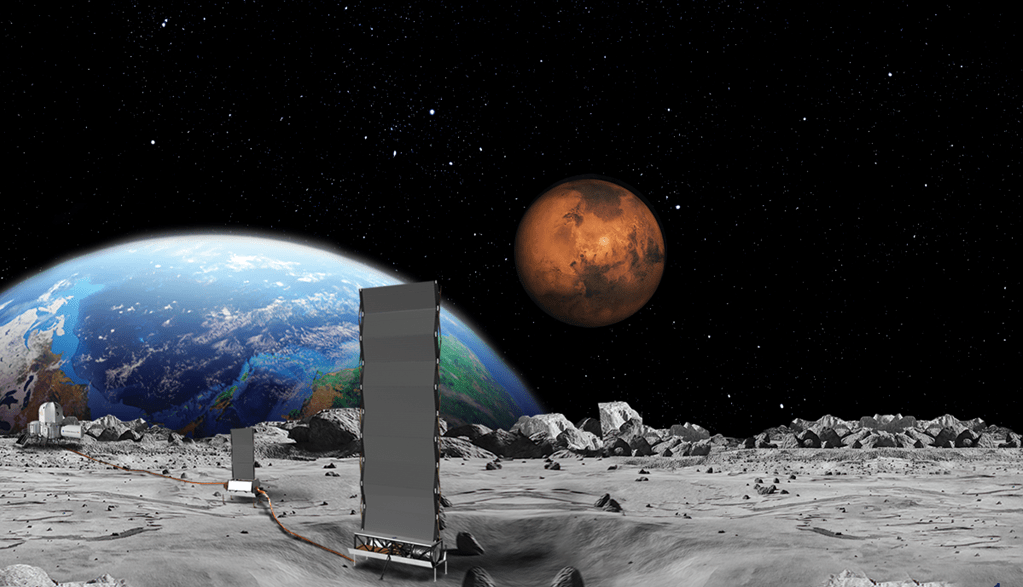
Planetary Science
NASA’s planetary science program explores the objects in our solar system to better understand its history and the distribution of life within.
Learn More about Planetary Science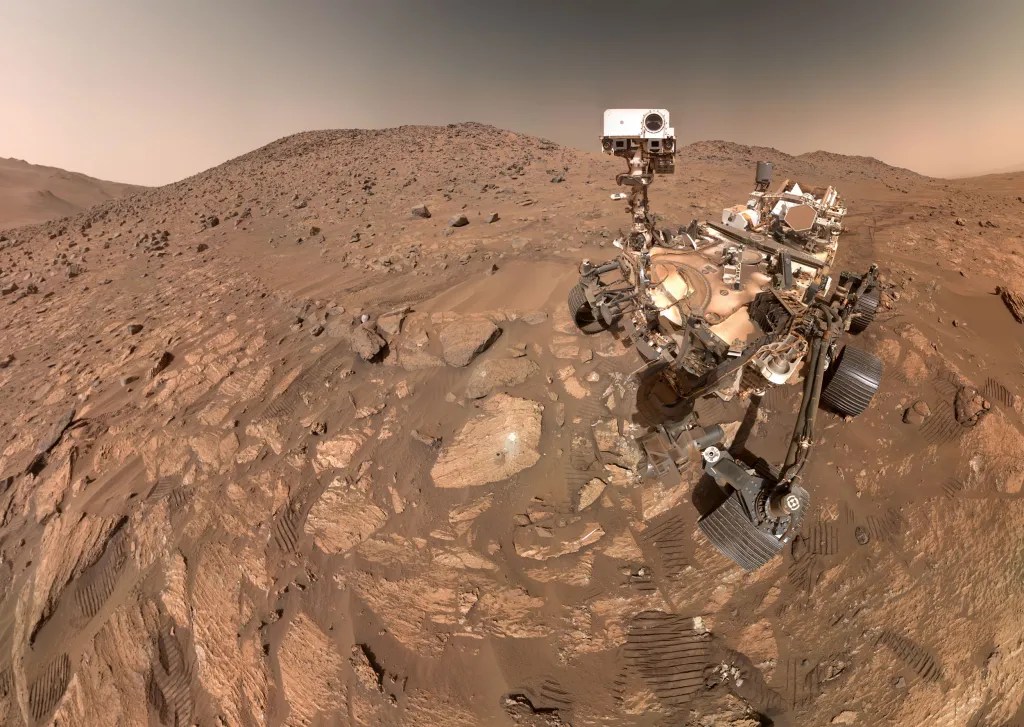
Space Nuclear Propulsion
Draws energy from atomic fission reactions instead of traditional chemical reactions, thus providing comparatively unlimited energy and opening the door for robust and enduring access throughout the solar system.
Learn More about Space Nuclear Propulsion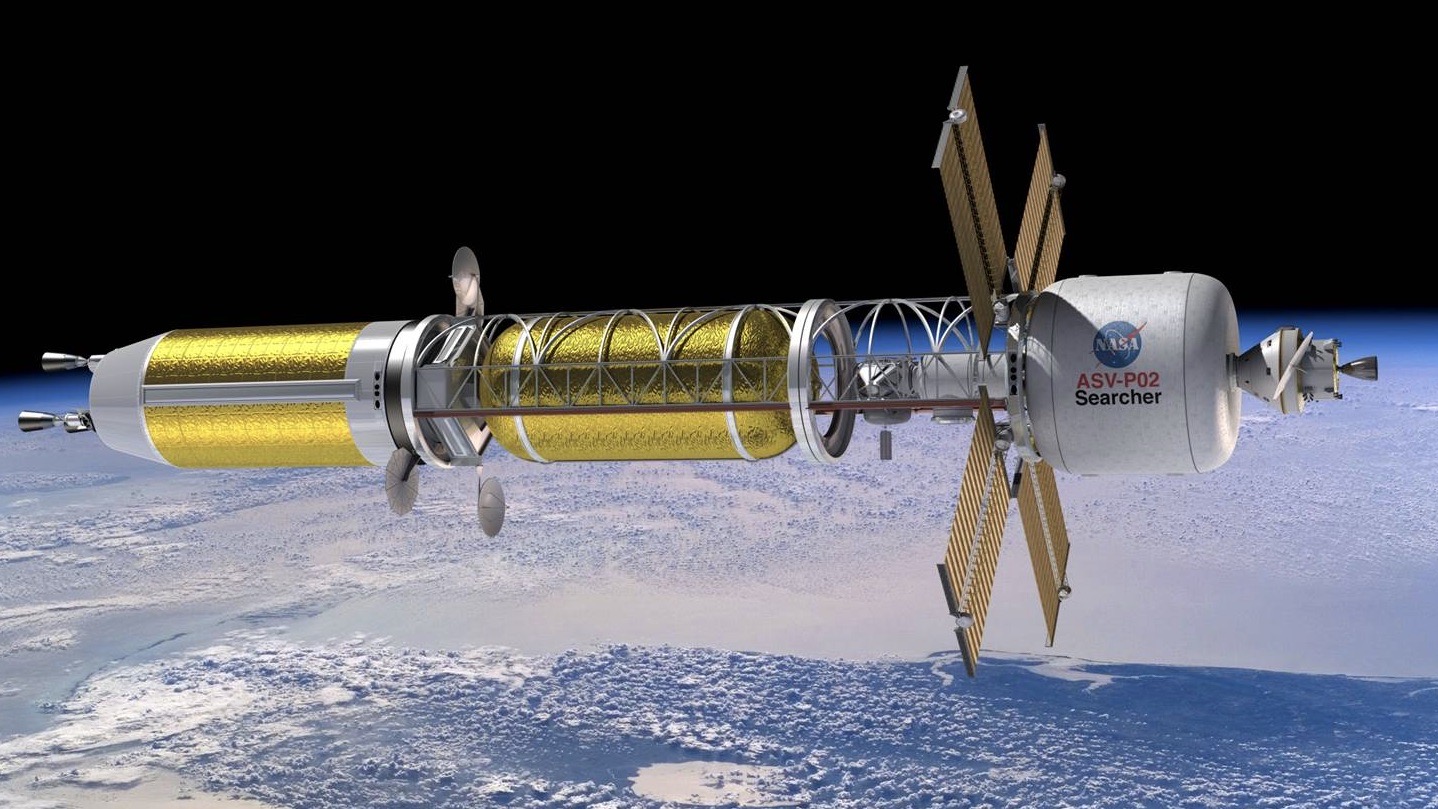
NASA Glenn facilities where this research is conducted:
Microsystems Fabrication Laboratory
This vertically integrated silicon carbide (SiC) semiconductor research and development facility is dedicated to the design, fabrication, and testing of integrated circuit electronics and sensors uniquely durable to extreme environments.
Learn More about Microsystems Fabrication Laboratory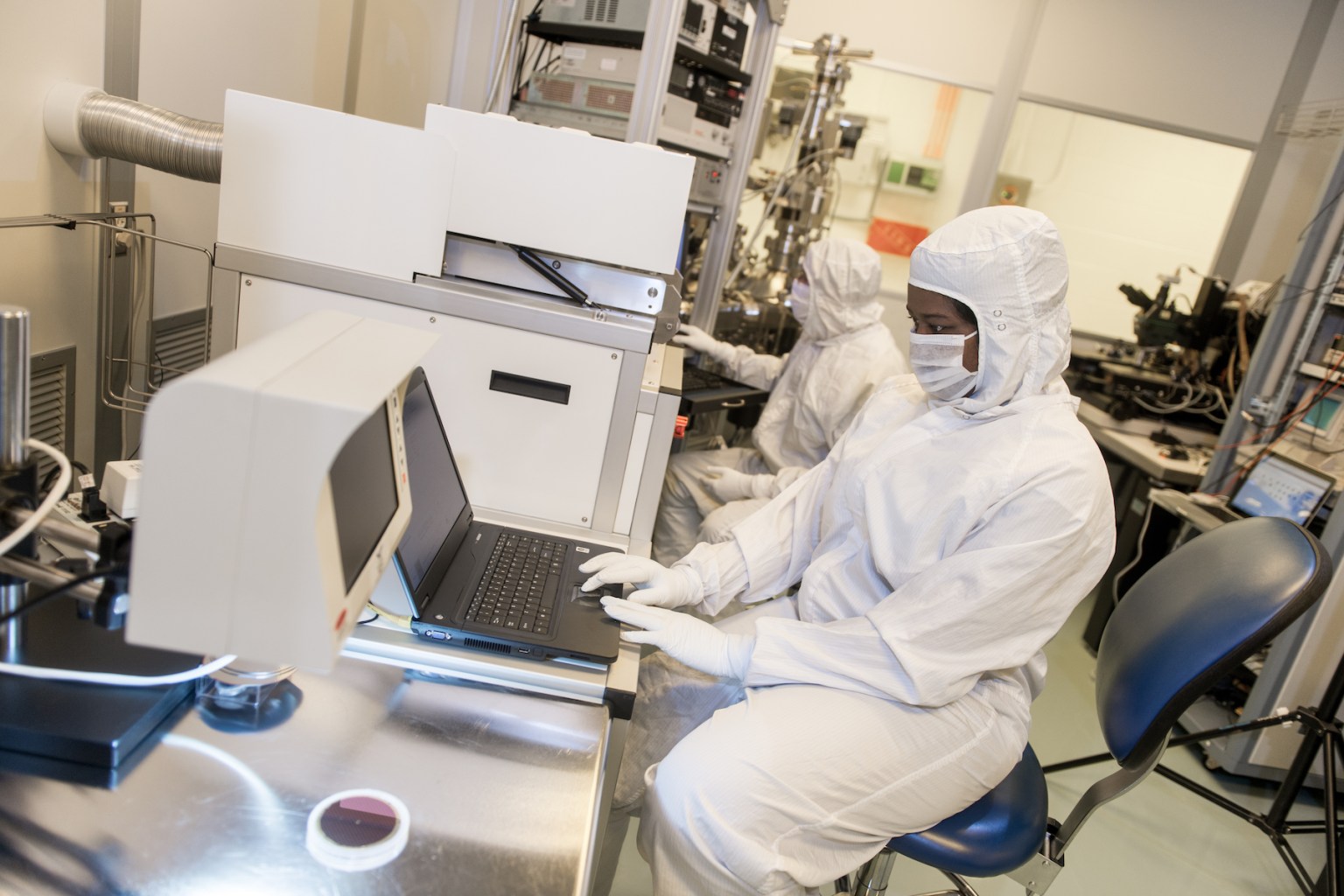
Key Publications
| Publication Title | Author(s) | Source | Type | Year |
|---|---|---|---|---|
| Large Area SiC LET Detectors for Space Science Applications | John Wrbanek, Susan Wrbanek, José Gonzalez, Beth Osborn | NASA TM-20250001636 | NASA TM | 2025 |
| Development of a Universal Small-Satellite Payload for On-Orbit Characterization and Evaluation of Novel Radiation-Shielding Materials | Avery Brock, Malachi Mooney-Rivkin, Luke Idziak, Alejandro Salas, Susan Wrbanek and John Wrbanek | AIAA SCITECH 2025 Forum, Orlando, Florida, January 6-10, 2025 | Conference Paper | 2025 |
| Advanced Radiation Detectors and Detector Systems Research | John D. Wrbanek, Susan Y. Wrbanek | Glenn Space Technology Symposium, Case Western Reserve University, Cleveland, Ohio, July 15-17, 2024 | Presentation | 2024 |
| Multi-Aspect Cosmic Ray Ion Detectors for Deep-Space CubeSats | Wrbanek, John D. and Wrbanek, Susan Y. | Chapter 16 in “The Nanosatellite Revolution: 30 Years and Continuing,” H. Helvajian & S. W. Janson (Eds.)(SPIE, 2023) pp. 505-536 | Book Chapter | 2023 |
| Wide Band Gap Radiation Detectors for Deep Space Science | John D. Wrbanek, Susan Y. Wrbanek | SiC Materials & Devices Workshop 2022, Brook Park, Ohio, August 10-11, 2022 | Presentation | 2022 |
| Space Radiation and Impact on Instrumentation Technologies. | Wrbanek, John D. and Wrbanek, Susan Y. | NASA/TP-2020-220002 | NASA TM | 2020 |
| Room Temperature Radiation Testing of a 500 °C Durable 4H-SiC JFET Integrated Circuit Technology. | Lauenstein, Jean-Marie, Neudeck, Philip G., Ryder, Kaitlyn L., Wilcox, Edward P., Chen, Liangyu, Carts, Martin A., Wrbanek, Susan Y., Wrbanek, John D. | IEEE Nuclear and Space Radiation Effects Conference (NSREC), San Antonio, Texas, July 8-12, 2019. | Conference Paper | 2019 |
| Room Temperature Total-Ionizing Dose Testing of Glenn Research Center (GRC) 500 °C Durable 4H-SiC JFET IC Technology | Ryder, Kaitlyn, Lauenstein, Jean-Marie, Wilcox, Ted, Carts, Marty, Neudeck, Philip, Wrbanek, Susan, Buttler, Robert, Chen, Liangyu, Spina, Danny | GSFC-E-DAA-TN69538 | NASA TM | 2018 |
| Multidirectional Cosmic Ray Ion Detector for Deep Space CubeSats. | Wrbanek, John D. and Wrbanek, Susan Y. | AIAA/USU Conference on Small Satellites, Logan, Utah, August 6-11, 2016. SSC16-IV-2 | Conference Paper | 2016 |
| Advanced Space Radiation Detector Technology Development. | Wrbanek, John D., Wrbanek, Susan Y., Fralick, Gustave C. | 2013 Joint Conference/Symposium of the MFPT and ISA (Dayton, OH: MFPT), 457-469. | Conference Paper | 2013 |
| Low-Power Multi-Aspect Space Radiation Detector System | John Wrbanek, Susan Wrbanek, Gustave Fralick, Jon Freeman, Stephen Burkebile | International Workshop on Instrumentation for Planetary Measurements, Greenbelt, Maryland, October 10-12, 2012 | Presentation | 2012 |
| Micro-fabricated Solid-State Radiation Detectors for Active Personal Dosimetry | Wrbanek, John D., Wrbanek, Susan Y., Fralick, Gustave C. and Chen, Liang-Yu | NASA TM-2007-214674 | NASA TM | 2007 |
| Active Solid State Dosimetry for Lunar EVA. | Wrbanek, John D., Fralick, Gustave C., Wrbanek, Susan Y. and Chen, Liang-Yu | Space Resources Roundtable VII: LEAG Conference on Lunar Exploration, Houston, Texas, October 25-28, 2005. LPI #1287. | Conference Paper | 2005 |
Key Patents
| Patent Title | Inventor(s) | Year | Patent # |
|---|---|---|---|
| Space radiation detector with spherical geometry | John D. Wrbanek, Gustave C. Fralick, Susan Y. Wrbanek | 2011 | 7872750 |
| Space radiation detector with spherical geometry | John D. Wrbanek, Gustave C. Fralick, Susan Y. Wrbanek | 2012 | 8159669 |
| Fast, Large area, Wide Band Gap UV Photodetector for Cherenkov Light Detection | John D. Wrbanek, Susan Y. Wrbanek | 2018 | 10054691 |
| Low power charged particle counter | Susan Y. Wrbanek, John D. Wrbanek, Gustave C. Fralick | 2019 | 10429521 |
Sensors and Electronics

Chemical Sensors
NASA is developing chemical species sensors for aerospace applications including leak detection and emission, safety, human health, and environmental monitoring.
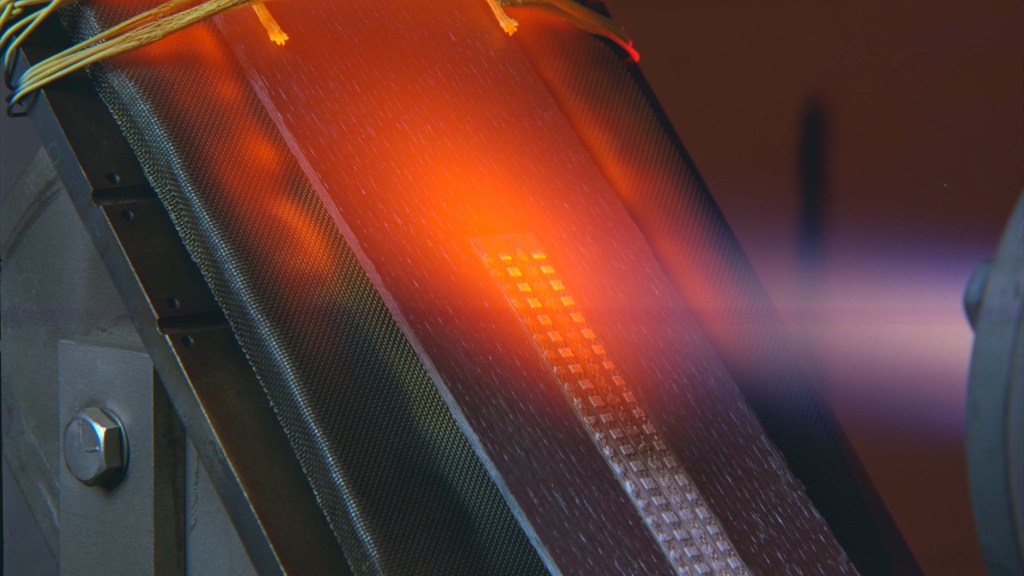
Physical Sensors
NASA is developing innovative harsh environment physical sensing and instrumentation technologies to advance next-generation space exploration, science, and aeronautics research.
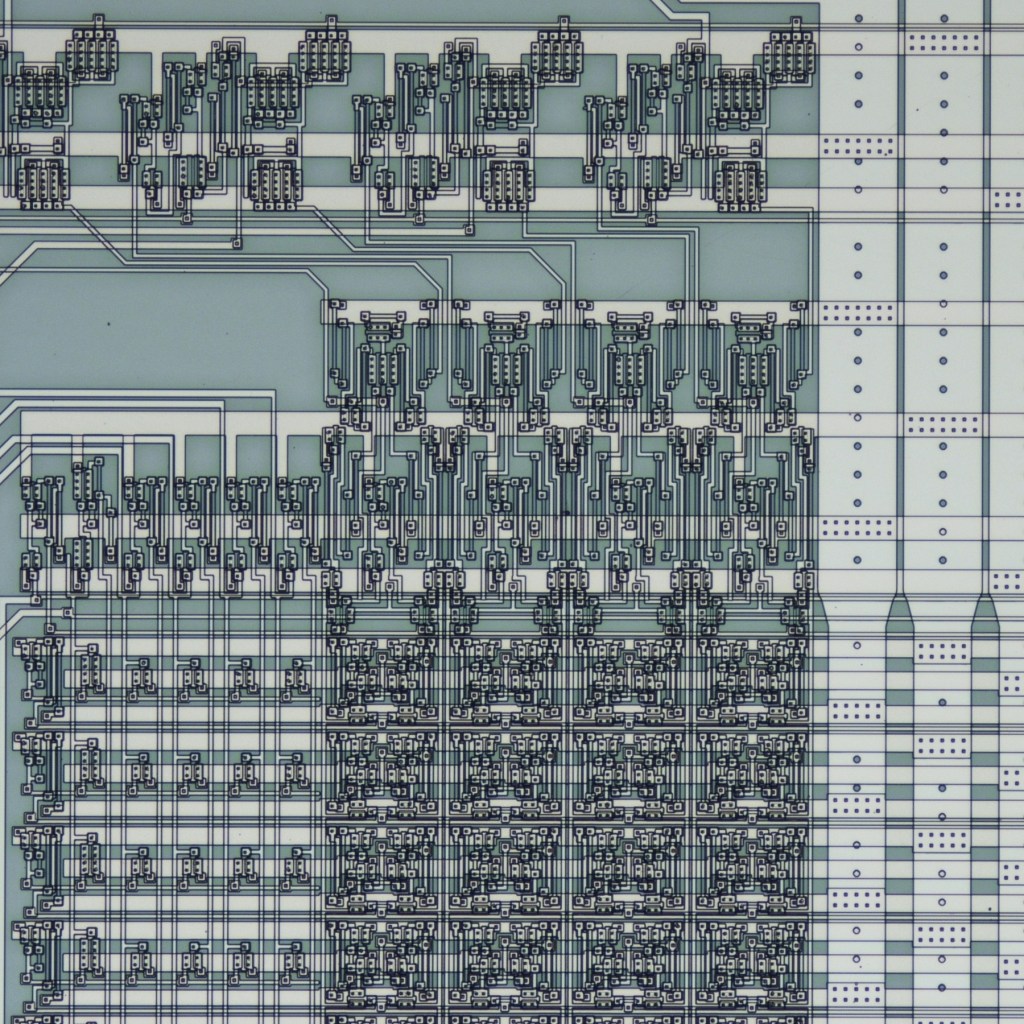
Silicon Carbide Electronics and Sensors
NASA is developing silicon carbide technology to enable smart electronics in extreme conditions, boosting performance in aerospace, power, auto, and energy sectors.


























